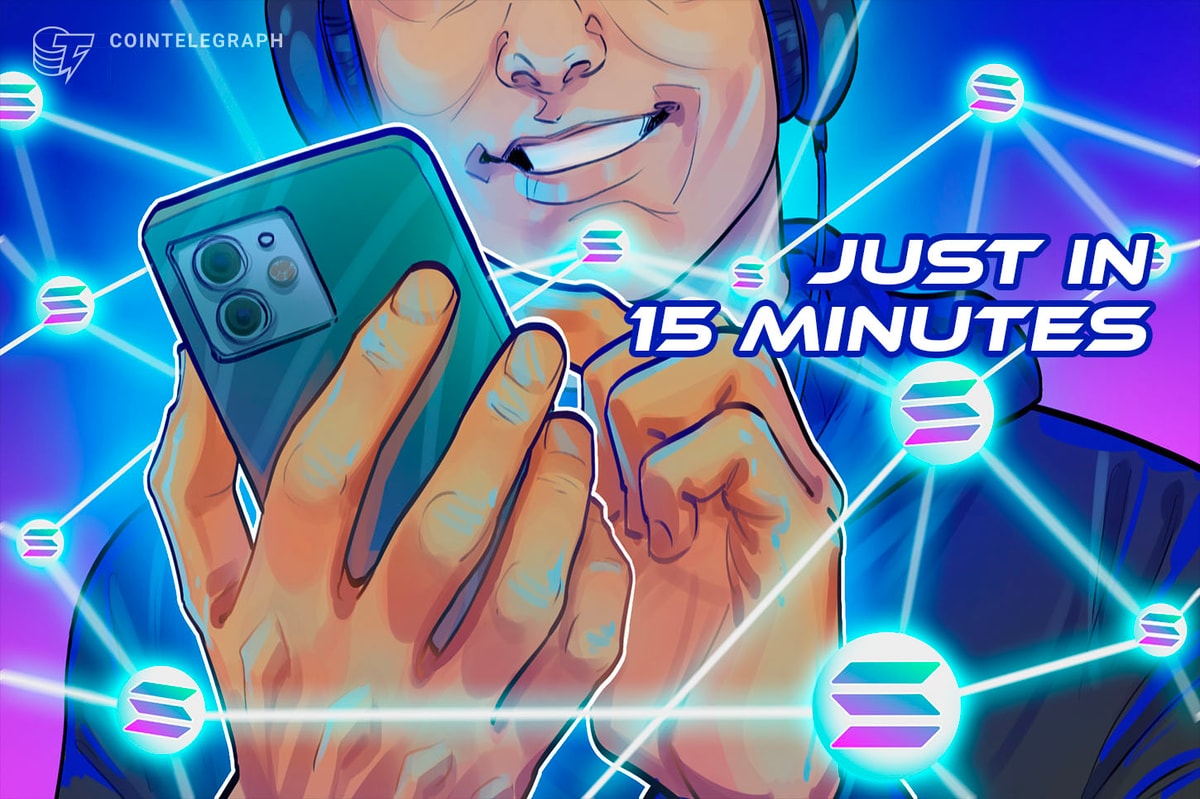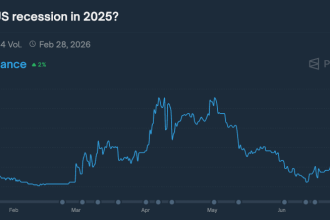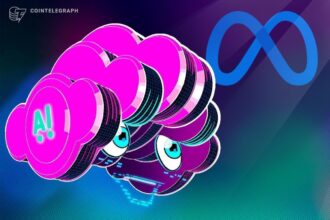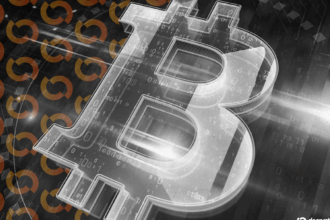Solana’s Mobile Developer Toolkit Streamlines Web3 App Creation
Key Takeaways
- Solana now offers a mobile-first developer toolkit with wallet adapters, transaction helpers and templates.
- Using React Native and the Solana Mobile App Kit, developers can build cross-platform iOS and Android DApps.
- Integration with wallets like Phantom and Backpack allows direct on-chain actions via deep-linking.
- Zero-infrastructure deployments are possible with open-source, out-of-the-box mobile SDKs.
- This approach enables developers to launch basic Solana DApps, including token swaps and NFT displays, without traditional back-end systems.
In a significant development for Web3, Solana has introduced its Mobile App Kit, enabling developers to build decentralized applications (DApps) for mobile users with unprecedented speed and efficiency.
According to reports from Cointelegraph, the integration of React Native, the SEND Kit ecosystem, and the Solana Mobile App Kit allows developers to launch functional Solana-based mobile DApps, connecting with wallets and enabling basic on-chain actions like token swaps or NFT minting, all from the client-side—requiring no custom back-end integration.
Why Build Solana Mobile Apps?
Solana’s growing ecosystem, particularly its focus on mobile-first applications, highlights a shift in how developers approach Web3. The platform is addressing the complexities faced by creators by providing toolkits that streamline wallet connectivity and user experience, without requiring traditional server infrastructure.
Solana’s mobile tools are designed to work seamlessly with native platforms, allowing developers to deploy DApps focused on features, user experience and rapid iteration. The integration fosters an environment where even basic DeFi interactions and NFT displays can be achieved quickly.
The Tools
Developers now have several tools at their disposal for rapid development:
- React Native: Enables cross-platform development for iOS and Android.
- Solana Mobile App Kit: Provides pre-built mobile components for wallet integration and Solana RPC interactions.
- Wallet Adapter (React Native): Implements plug-and-play wallet connectivity using deep-links.
- SEND Kit: Includes application templates for specific use cases like tokens, NFTs, and DeFi.
- @solana/web3.js: Handles communication with Solana networks.
- Phantom/Backpack Wallets: Mobile wallets supporting deep-link integration.
According to the Solana ecosystem, this tool stack allows developers to concentrate on application design and core functionality, shifting resources away from infrastructure management.
The Build Process
Step 1: Set Up Project
Initiate a React Native project using Solana Mobile App Kit’s CLI:
npx start-solana-app
This command scaffolds an application ready for cross-platform deployment.
Step 2: Integrate Wallet
Implement wallet connection via deep links using the React Native Wallet Adapter or the Mobile Wallet Adapter protocol.
Step 3: Retrieve wallet data
Use @solana/web3.js to access user assets, tokens, and NFTs directly from the Solana RPC.
Step 4: Enable On-Chain Actions
Interact with protocols like Jupiter or Metaplex via Solana App Kit to support functions such as token swaps or NFT minting.
Step 5: Deploy
Use React Native’s standard build commands (run-ios or run-android) to deploy the application to target platforms.
Benefits of Zero-Infrastructure Development
Building mobile DApps without a back-end infrastructure offers several advantages within the Solana ecosystem.
- Faster deployment: Accelerated time-to-market for simple applications and features.
- Reduced maintenance: Elimination of server management and operational costs.
- Enhanced user experience: Streamlined wallet-based authentication allows for a seamless onboarding process.
- Improved security: Private keys and sensitive transaction data remain within secure wallets.
- True Decentralization: Transactions and data interactions occur directly with the Solana blockchain.
Limitations and Considerations
While offering significant advantages, the no-back-end approach focuses primarily on developing simpler DApps suitable for mobile contexts. Complex applications requiring extensive user data processing or sophisticated authentication might still benefit from traditional web architectures. Furthermore, the ecosystem continues to grow, adding more templates and protocols, potentially limiting flexibility when compared to full-stack solutions.
Conclusion
Solana’s Mobile App Kit combined with React Native is lowering the barrier for creating functional, front-end-only mobile Web3 experiences. The platform emphasizes speed and simplicity, allowing developers to reach billions of mobile users without traditional back-end complexity.
The rapid evolution of Solana’s development tools highlights a growing consensus within the Web3 community that the “thin client” approach—prioritizing wallets and direct blockchain interaction over backend systems—is becoming the new standard.












